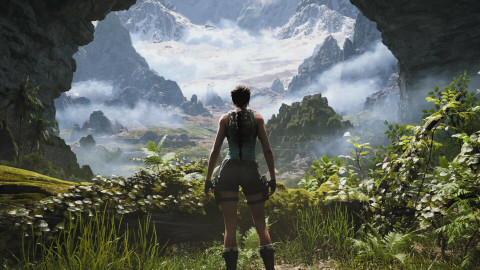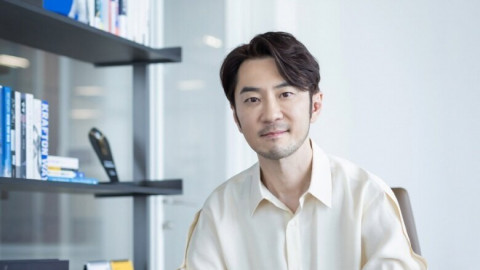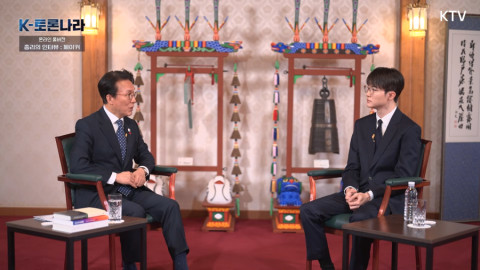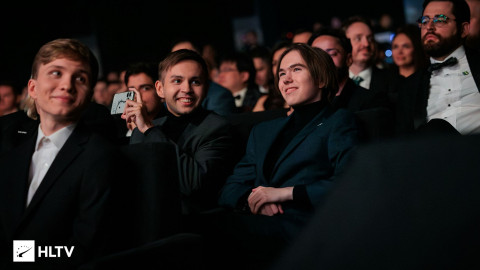
Amid the energy of the VALORANT Champions LA Finals, Inven Global had the privilege of engaging in a thoughtful conversation with commentator, Seth "Achilios" King. With his finger firmly on the pulse of the competitive scene, King offers illuminating perspectives on the ever-shifting dynamics of Korean VALORANT teams and the broader VCT landscape.
Throughout our discussion, King touches on the intriguing debate surrounding team roster consistency, hinting at possible lessons from Western teams. He also dives into the cultural significance of VALORANT in Korea, identifying areas ripe for growth and ways Riot might elevate fan engagement.
Moving deeper into the VALORANT competitive scene, King provides insights into what makes Korean gameplay uniquely captivating and shares candid thoughts on the LA Finals' atmosphere and what the newly unveiled plans for the 2024 tour might entail.
Starting off, looking at this year and reflecting on Champions, how do you feel about the current scene? DRX didn't perform as well as in 2022, but they remain an elite team. Where do you see the Korean scene heading into next year?
The Korean scene seems poised for a rebuild. At the start of Pacific, they looked set to take the top three positions, especially with Paper Rex's dip at the time. Gen.G's strong performance against LOUD at LOCK//IN suggested that DRX and Gen.G might emerge as the top two teams, followed by contenders like PSG Talon, and T1 if they found their rhythm.
T1 showcased significant growth this year. While a longer Champions run would've been ideal, their year was largely successful. Despite DRX's challenges, they managed a top six finish, but questions arise if that's enough. It'll be interesting to see if any rebuilds occur among the orgs next year. The scene seems to be in flux, but given Korea's strong player pool, there's a plethora of talent for orgs to tap into.
But many teams, including T1, might benefit from maintaining their rosters. Considering T1's late arrival in Korea and limited synergy-building time, sticking with their current lineup and focusing on growth could be a wise move.
If you had to identify one area where Korean teams could learn from North American or European teams, what would that be heading into 2024?
I think the biggest thing is not using a six-man roster. All three struggled with this. We saw swaps from each of them throughout the season. They continued to experiment with this all year. Initially for T1, it made sense, given ban's comfort on certain maps over iNTRO. But you really need a five-man core, with a sixth man only or emergencies like illness or injury. Five-man cores are so much more consistent. Commit to a roster, build synergy, and results will come. That's what T1 did, pivoting away from using iNTRO, with ban consistently playing. It's what we've seen from teams like RRQ, one of the most improved, aside from Evil Geniuses who are in a very similar boat. Sticking to a five-man core is the main thing I'd like to see more of.

On a broader level, beyond the competitive scene and considering culture and general interest, how did you view Korean VALORANT in 2023? Has its popularity grown? Is it in a phase where it's not yet fully embraced? What are your thoughts on its long-term sustainability and growth in Korea?
As far as the game is concerned, it's in a fantastic spot. Korea's player base is massive, larger than many other Asian regions with higher viewership. However, viewership in Korea is the challenge, though it's growing. Particularly when big organizations like DRX, a well-known entity in VALORANT, play, there's a viewership spike. The same goes for other big orgs like Gen.G and T1 due to their legacy fan bases from the LCK. Improving viewership and fostering casual interest in watching VALORANT is key. The health of the game is promising, and it should maintain its position in the PC Bang rankings.
What do you think Riot can do in order to potentially gain more interest in the esports scene there?
I don't know the logistics, but perhaps more regional rewards for watching would be beneficial, especially for the Challengers broadcasts in Tier 2. This could increase viewership for tournaments that get less attention than the main events. This might drive broader interest in all VALORANT broadcasts, as increased viewership likely leads to increased appreciation. Introducing a regional aspect could be effective, starting with the Challenger Leagues and potentially expanding to Pacific. However, since it's a multi-regional league, creating something just for Korea without considering other regions might be challenging. It should be equal treatment for all. But for specific Challenger content, it might be a good starting point.
For our readers, how would you pitch the uniqueness of Korean VALORANT? What makes it enticing for both international and local fans?
The number one thing, evident since Vision Strikers, is the structure these teams establish and their almost robotic precision in execution. Obviously, this can be a drawback for teams like DRX. If plans go awry, like an early pick off and losing a key player such as MaKo, things can unravel. DRX has improved in adapting, but this precision is the biggest thing to watch. They continue to innovate and their site executions, when successful, are flawless. The timings and positions are spot on, only a result of complete commitment to the game and team, and constant practice.
Give me your thoughts about so far what we've seen throughout the VALORANT Champions LA Finals?
This weekend at the Kia Forum has been wild. Being in such a legendary venue where many artists and comedians I've admired since youth have performed is thrilling. It's a memory I'll cherish, reminiscent of my time at Madison Square Garden. The passionate fans, their reactions to the gameplay and casters, have been fantastic. Not all esports events guarantee such an engaged audience. Some crowds might just passively watch, but these fans are energetic and vocal. It's been a joy to witness.
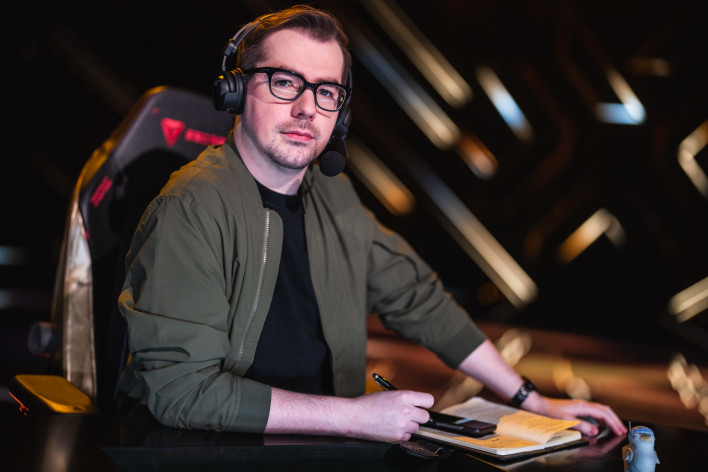
What are your thoughts on the announcements related to the 2024 tour we've seen so far?
I'm genuinely pleased with the plans for 2024. The main concern from the public is the break time for players to avoid burnout, which is crucial. However, a balance is necessary. You don't want to give everyone a one month vacation in between events. At the end of the day, you're playing a sport. Unlike traditional sports where players are often on the road, esports athletes instead play more frequently. It's a trade-off. We don't want burnouts, but prolonged breaks between events aren't ideal either. Otherwise, the proposed structure seems promising, though more details are pending, which I believe will further solidify its appeal. Balancing schedules with 11 teams per region presents challenges, making this a pivotal growth year for VCT. Once we work out these initial challenges, I anticipate smoother operations in the future.
What personal objectives do you have as a caster for 2023?
Personally, I aim to attend these events continuously. I want to refine my skills, especially in engaging the audience, building hype, and creating tension during slow moments. While I'm satisfied with my recent performances, I believe that complacency can hinder growth. My goal is to always seek improvement and, perhaps, be part of the Grand Finals next year.
This interview has been edited and condensed for brevity and clarity.
-

I write. I rap. I run. That’s pretty much it.
Sort by:
Comments :0

